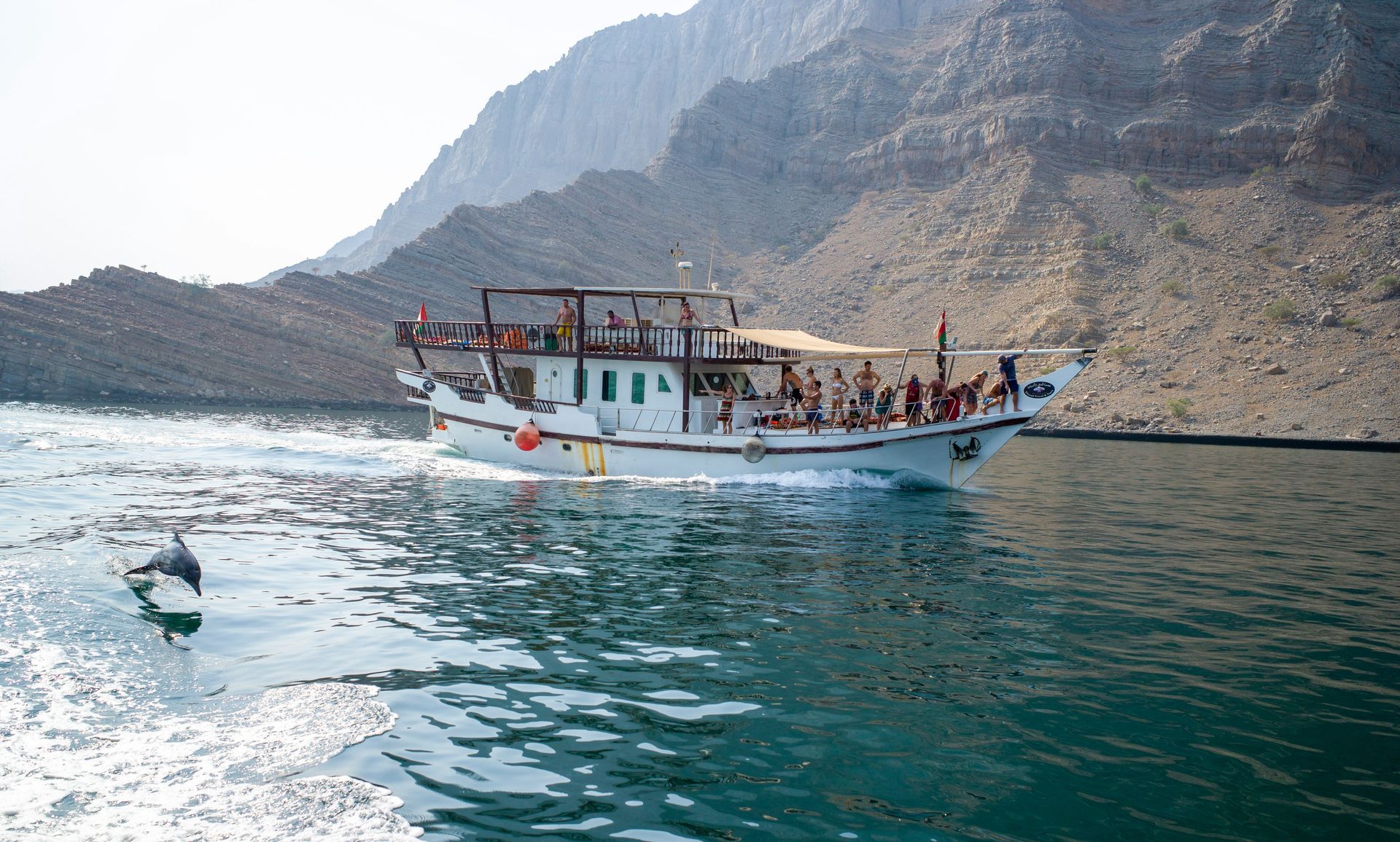Winter im Oman: Eine Zeit voller Traditionen und natürlicher Schönheit
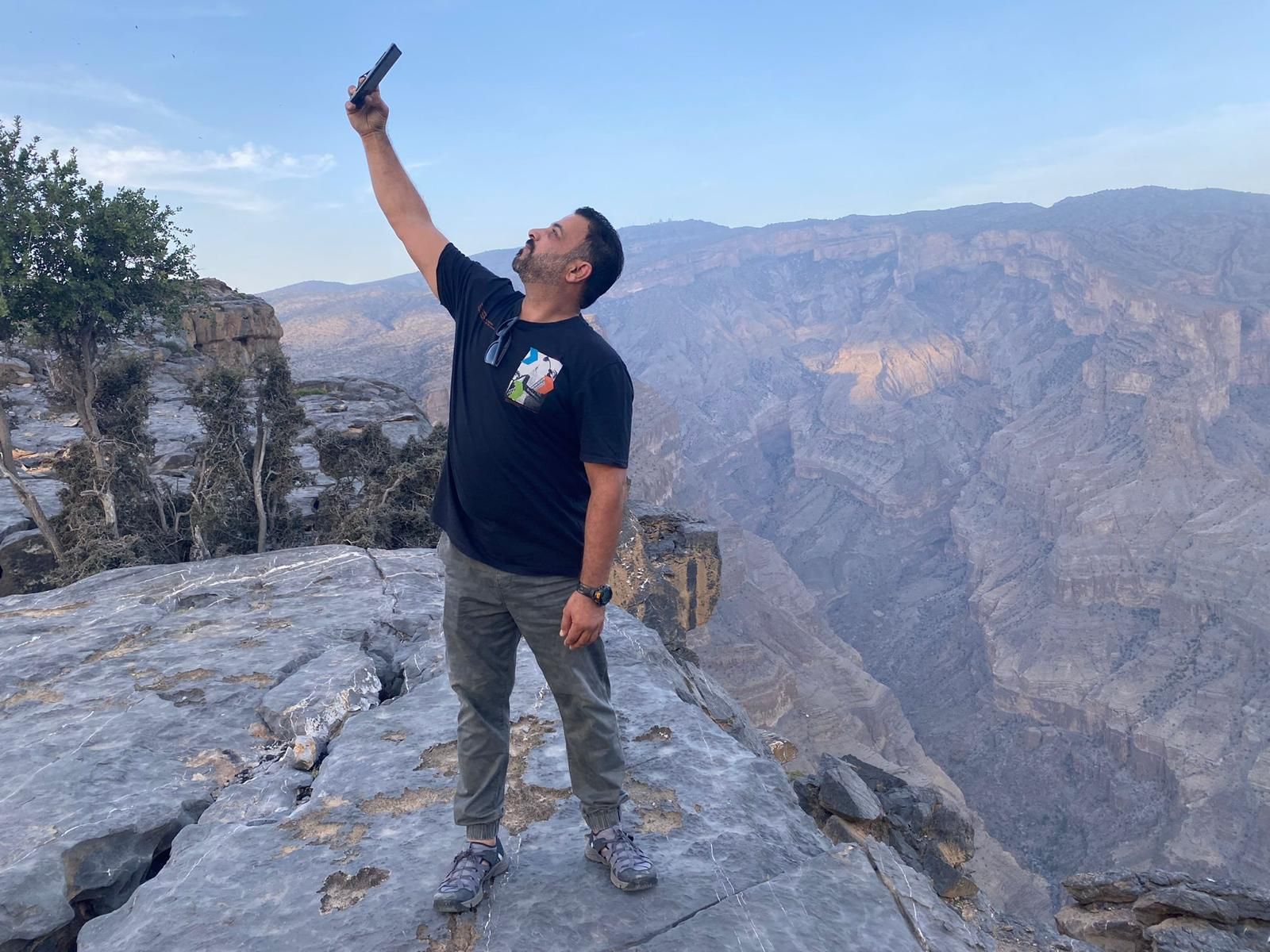
Keine Schneemänner im Oman? Das denken Sie!
Hallo, hier ist Ahmed – Ihr Local Lynx.
Mit dem Einzug des Winters verwandelt sich Oman in eines der einladendsten Reiseziele der Region. Die kühleren Monate von Oktober bis April eröffnen Möglichkeiten für Aktivitäten und Traditionen, die während der heißeren Jahreszeit entweder unmöglich oder weniger angenehm sind. Es ist die Jahreszeit, in der die Bergdörfer zum Leben erwachen, die Souks belebter sind und die Wüste eher einladend als unerbittlich wirkt. Für viele Omanis ist dies die Zeit, sich im Freien zu versammeln und das Land auf eine Weise zu genießen, die die Hitze des Sommers nicht zulässt.
Auf zu den Rennen!
Einer der Höhepunkte dieser Saison ist der Kamelrennen-Kalender. Im ganzen Land, von den Wüstenstädten Bidiyah bis Adam und Ibri, finden fast jedes Wochenende Rennen statt.
Diese Veranstaltungen sind nicht nur Wettbewerbe. Sie sind gesellschaftliche Zusammenkünfte, bei denen Familien und Züchter zusammenkommen, um eine jahrhundertealte Tradition zu feiern, die nach wie vor einen besonderen Platz in der omanischen Kultur einnimmt.
Die Rennen ziehen Teilnehmer aus dem ganzen Land an, wobei die Züchter weite Strecken zurücklegen, um ihre besten Tiere zu präsentieren. Ein Großteil des Stolzes liegt in den Kamelen selbst, die für ihre Ausdauer, Eleganz und Abstammung bewundert werden. In Oman wird das Mahri-Kamele wegen seiner Ausdauer und Schnelligkeit besonders für Rennen geschätzt. Sie können beeindruckende Preise erzielen.
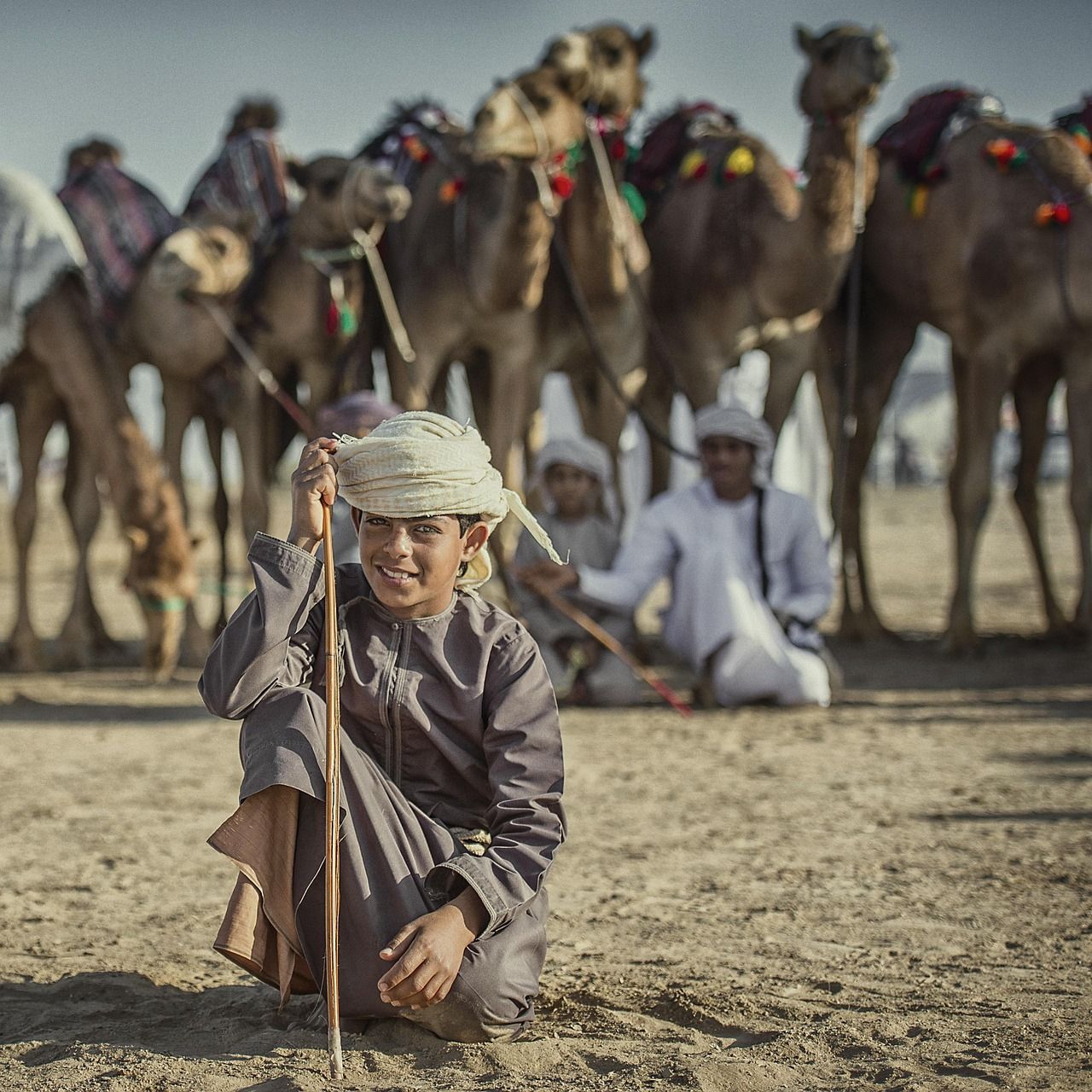
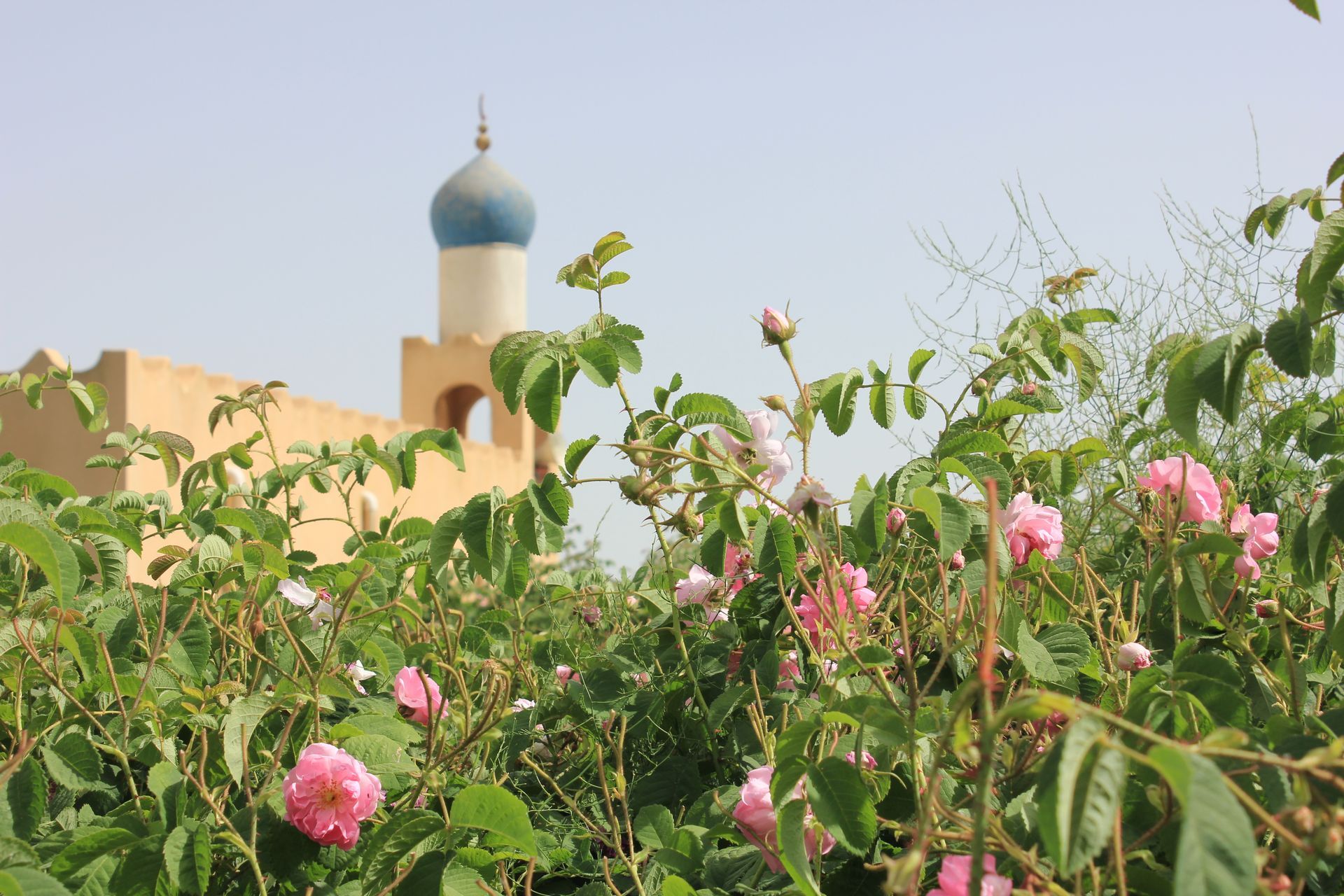
Damastrosen vom Jebel Akhdar
Wenn der Winter dem Frühling weicht, beginnt ein weiteres saisonales Ereignis: die Rosenblüte in Jebel Akhdar. Von März bis Anfang Mai sind die Bergterrassen mit rosa Damaszenerrosen übersät. Die Bauern ernten die Blüten und destillieren sie in traditionellen Lehmöfen, um Rosenwasser herzustellen, ein Produkt, das tief in der omanischen Tradition verwurzelt ist und noch immer sowohl für kulinarische als auch für zeremonielle Zwecke verwendet wird. Besucher können zu dieser Zeit den Prozess aus erster Hand beobachten und durch die mit duftenden Blüten übersäten Terrassen spazieren. Wenn Sie möchten, können Sie auch bei der Ernte mithelfen.
Wüstencamping & Bergwandern
Der Winter ermöglicht es auch, die Landschaften Omans in vollen Zügen zu genießen.
Die Wüste Wahiba Sands, auch Sharqiyah Sands genannt, lädt zum Campen und zur Erkundung der Wüste ein. Die Nächte in der Wüste sind oft die klarsten überhaupt, mit einem Sternenhimmel, der zum Greifen nah scheint. Einige Gebiete tief im Inneren der Wahiba Sands haben sogar den Status eines dunklen Himmels. Selbst das „leere Viertel“ – Rub Al Khali – im Süden Omans ist im Winter nicht so leer, wie sein Name vermuten lässt. Seine riesigen Dünen können nun bequemer erkundet werden, und Spuren des Beduinenlebens zeigen, dass die Menschen schon immer wussten, wie man in dieser riesigen Wüste überlebt.
Wadis wie Wadi Shab oder Wadi Bani Khalid ziehen Wanderer und Schwimmer gleichermaßen an. Sie zu entdecken, indem man entweder entlang der Felswand wandert oder langsam schwimmend in den türkisfarbenen Becken vorankommt, ist ein unglaubliches Abenteuer.
Die kühleren Temperaturen machen auch die hohen Berge Jebel Shams und Jebel Akhdar für Trekking zugänglich, mit Wanderwegen, die in der Sommerhitze anstrengend wären, nun aber für Wanderer aller Leistungsstufen zugänglich sind.
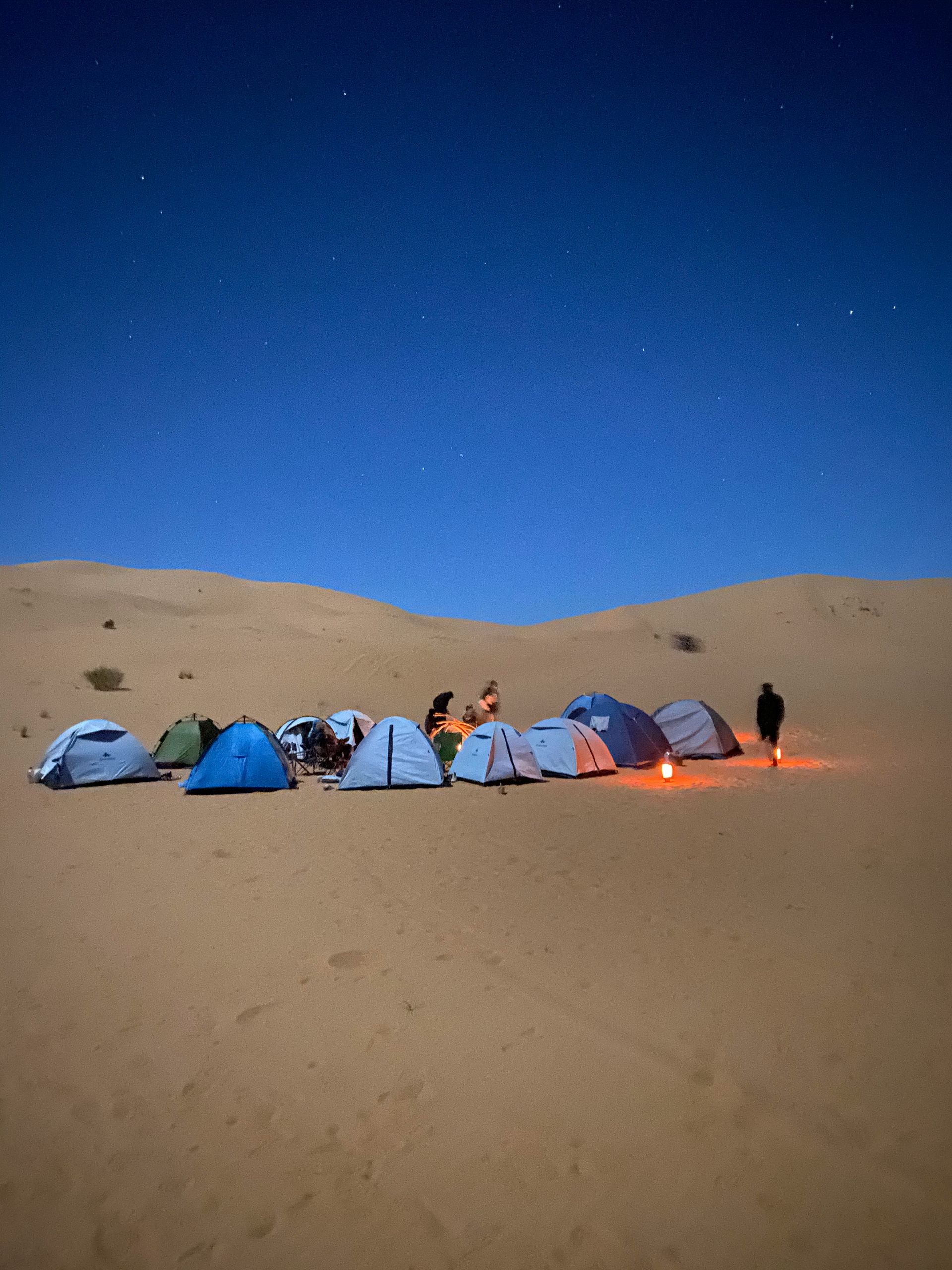
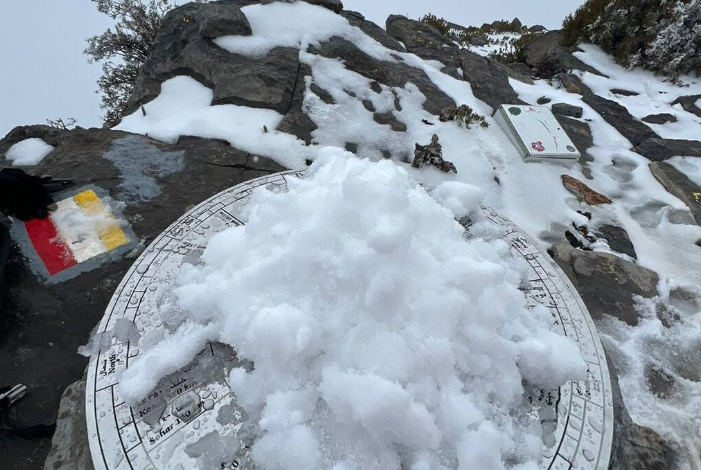
Der Tag im Winter ist normalerweise ideal für Erkundungs-touren, aber lassen Sie sich nicht täuschen: Die Abende können kühl werden. Packen Sie einen Pullover ein, besonders wenn Sie in die Berge fahren.
Und wenn Sie wirklich Glück haben, liegt am Morgen vielleicht sogar genug Schnee auf dem Jebel Shams oder Jebel Akhdar, um einen Schneemann zu bauen. Nicht ganz wie in der Schweiz, aber nah genug, um Ihnen ein Lächeln ins Gesicht zu zaubern.
Küstenidylle
Entlang der Küste bringen die Wintermonate ruhige See, ideal für Delfinbeobachtungen und Bootsausflüge.
In Ras al Jinz dauert die Nistzeit der Schildkröten bis in den frühen Winter hinein und bietet die seltene Gelegenheit, grüne Schildkröten beim Eierlegen oder Jungtiere auf ihrem Weg zum Meer zu beobachten.
